|
|
Canon EOS D30 |
|
Last Updated (11/19/2000) |
| Review methodology (or lack of :-)) here. |
| Sample Portfolio |
| Second Opinion at Steve's Digicams: Steve invited me for some second opinion on the D30. You can read my summarized opinion in his "Conclusions" section and some new photos not published here. |
| "D30 @Big Sur/Carmel" and "D30 @ Point Reyes" reports |
| The D1 vs. D30 Craze |
|
Yes, the D30 is a great camera and in produces probably a better image quality than the D1. Still the history belongs to Nikon having constructed the first digital SLR from ground up and holding this position for nearly a year. Now Canon has clearly challenged Nikon with the D30. Still the D1 is a great camera and the next round will be more interesting than this one. Probably Canon cannot afford that Nikon once again leads by one year and vice versa. Will be interesting to see the future alliances: Foveon, Fuji, Canon, Sony, Kodak as sensor producers and Canon, Nikon, Leica, Contax as camera manufacturers. Nikon and Canon will dominate the SLR market as they are clearly the system leaders. But the right alliance will make the difference and Kodak or Fuji then might play with Nikon (although pretty hurt by the D1). The next few years will be very exciting But guess what: the winner are we all the users of these great cameras. For me using these cameras gave me back my fun doing photography. |
| First Encounter (10/24/2000) |
| This review will be written in incremental steps (like my D1 diary) |
| My style of experience report will not repeat anything from the manual and also not perform any test chart photos. All this is useful but covered in depth by other digital photo sites (other reviews can be found on our "Digital SLR Review Page"). I just will try to make as nice photos as possible and then report my findings. |
|
Many readers will know by now that I own a Nikon D1 and have a long experience with Nikon equipment. In fact this is the first time I use a Canon camera. I am very excited about this new camera as like the D1 the D30 will push the boundaries for high quality digital SLRs. I will try to write this report in a way not to defend my D1. On the other side a fair comparison cannot hurt. |
| The camera I got from Canon USA came fully equipped with the Battery Grip BG-ED3 which gives the the camera a good feel. Unfortunately I got just one lens: EF28-135 F3.5-5.6 IS USM. On the other side this lens covers a broad useful focal range (just not enough for some wild life). |
| I won't be able to do the first real outdoor photos probably before this weekend but until then there will be enough time to learn the basics. |
| Myth: "The D30 has cheap feeling". I cannot share this opinion by any means. Yes the D1 is built like a tank but that also adds to the weight to carry (and price). For me the D30 feels very much ok. |
| Truth: "The Canon software could be faster and better". As I use with the D1 only the NEF RAW format I will do the same with the D30. Converting D30 RAW (CRW suffix) files takes even more time than with Nikon Capture and the functionality is not really what I would like to have (except that the White Balance correction is as it should be: it can be applied at conversion time. There is to my knowledge no WB applied to the RAW file in the camera which is the case with the D1). The finding of Michael Reichmann indicate that you get the best quality using the RAW format which does not come as a surprise for me using D1 NEF files for over half a year now. |
| First I thought it to be strange that the thumbnail is in a separate file (THM suffix). But it makes a lot of sense as I could easily train ThumbsPlus to display it's content and as it also contains the EXIF info of the raw file. This information would otherwise be lost using the Photoshop Twain plug-in. |
| Although Canon even provided me with an external flash "Speedlite 550EX" I probably won't use it. First I like natural light and second I have no real experience with flash. It is even more strange: I like now the small built-in flash because it there whenever I might need one (rare enough and mostly not for my professional photos). |
| I use the D30 in "C"-mode (continuos mode) like my D1 so that I can shoot sequences if needed although the buffer limits it to about 3 photos for the RAW format. |
| First Outdoor Shots (10/25/2000) |
| Today I could make the first outdoor shots at natural light conditions. And what? It was raining today (in California!). |
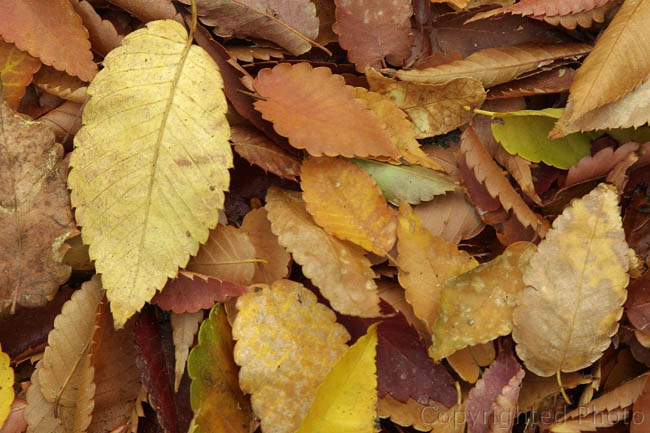 |
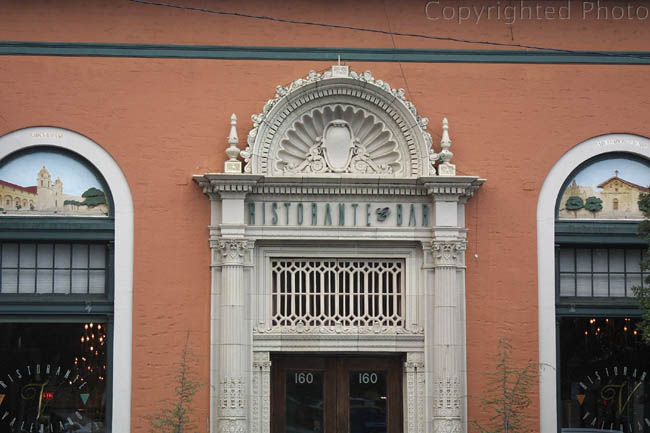 |
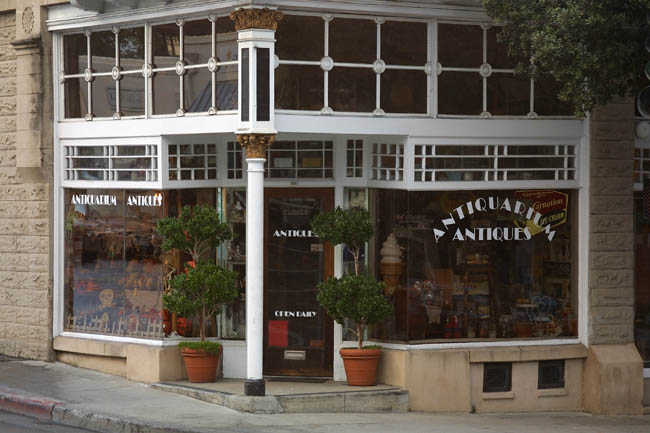 |
| These photos were taken with RAW format. The conversion was done using the Photoshop Twain driver (while correcting the white balance and setting the saturation to low). |
| I am really amazed about the detail shown in these photos. For me they are somehow more tree dimensional than my D1 photos. Very film like and just wonderful (Yes, Phil Askey and Michael Reichmann are correct). Ok this is very early in my test period but it can get only better! Click in the photos and you see the full resolution (low compression) JPG files. |
| I was sure this review would be exciting but now it will be pure fun! |
| "The Art of CRW Conversion" covers the proper handling of the D30 RAW files. |
| Some Crazy ISO 1600 Test (10/27/2000) |
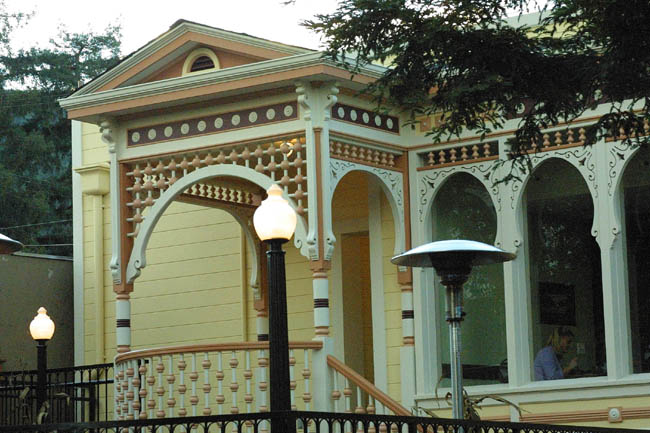 |
| More for some test purposes Bettina tried to use the camera at ISO 1600 (to view a full sized photo click on the above picture). It is very grainy and not useable. Does it matter for me? No not at all, as I used to use ISO 100 as my highest ISO rating and even loved the Kodachrome 25. I think some people expect miracles from these new cameras (resolution like a Hasselblad, a 5-5000mm f/1.2 zoom and ISO 3200 without grain). As others report that the D30 is pretty good up to ISO 400 this is like magic for our work. Actually all my other photos use ISO 200 which I am accustomed to from the D1. |
| Birds, Birds, Birds (10/29/2000) |
| Only 5 miles away we have a lovely park "Vasona Park, Los Gatos, CA" with a lot lot of birds. |
|
Photo taken with DCS 660 |
| The D30 with the 28-135mm lens was not really the perfect match for some birds photos. But Bettina (photo above) tried to make her best of it. |
|
Fall Colors |
| The above photo was worth the whole session and hopefully shows that Bettina has "The Eye". This photo came fully as a surprise for me. |
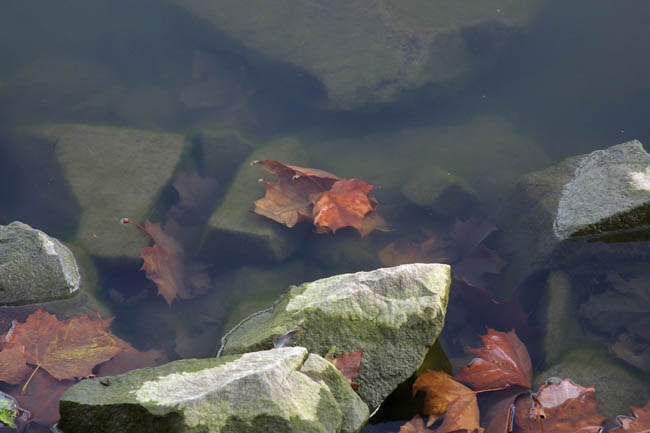 |
| This photo demonstrates the capabilities of the D30 to show shadow detail even in that muddy water. |
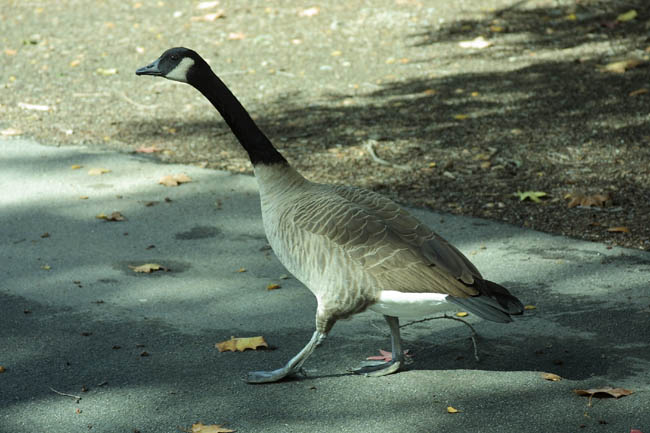 |
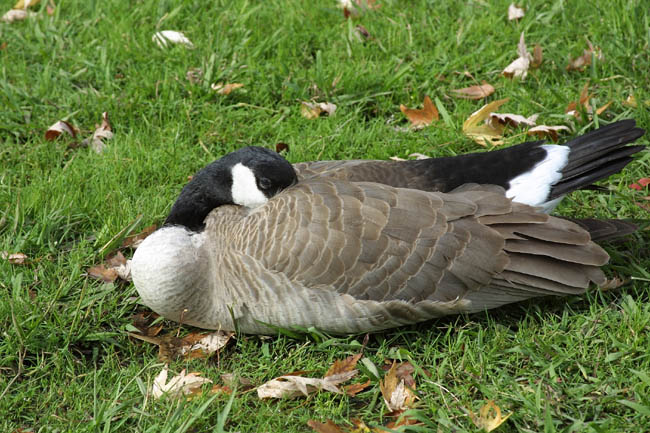 |
| There lots of Canada Geese in the Vasona Park and we also photographed the youngest in May and June. The white spot at the head challenges blown highlights and all the feather need detail, detail, detail. The D30 did a good job here especially showing a lot of detail with the feathers. |
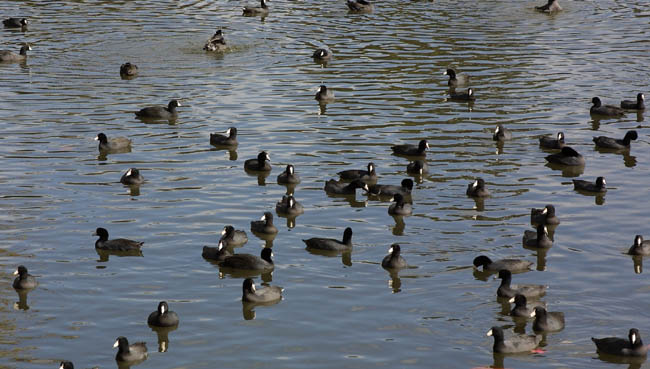 |
| Coots are now invading the Vasona Park for the winter. Actually until this summer we did not pay that much attention to the Coots. But once we saw the lovely chicks and how the parents took care of them we learned to love yet another kind of birds. |
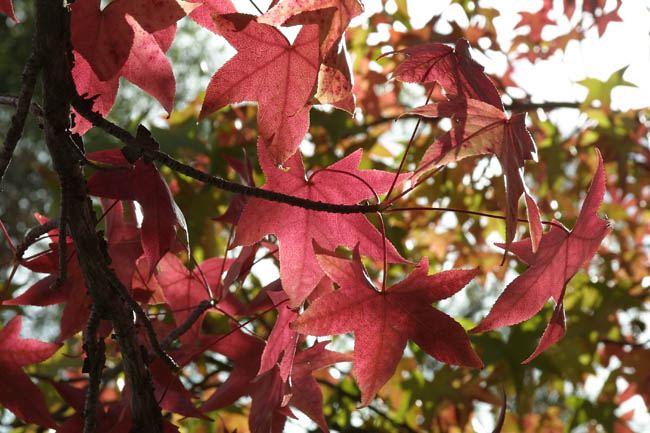 |
| Some red transparent fall leaves. |
| Halloween (10/31/2000) |
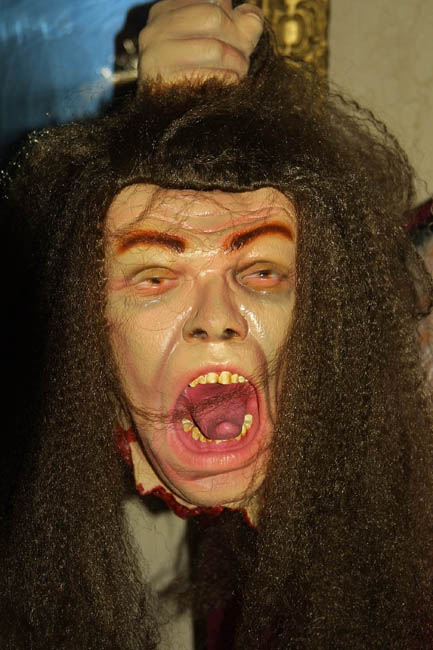 |
| As I mentioned I don't really care about having a flash and that is why I like the small built-in flash. Sounds strange but sometimes it is good to have one for some snapshots. At Halloween we have a neighbor who prepares large parts of his house with great horror creatures, sound and light effects (the preparation takes minimum two weeks). This is a highlight every year. A good chance to check out the flash (these two were ISO 100 and RAW format). If the scene is very dark the auto focus gets hunting and has a hard time to focus at all. Yes the built-in flash is definitely not a professional feature but fun to have. |
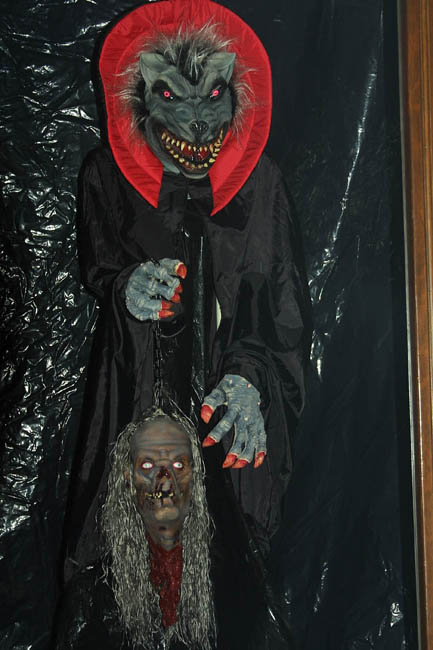 |
| Big Sur and Carmel (11/01/2000) |
| Today Bettina and I spent the day getting some impressions at Big Sur and in Carmel. Our findings can be found in our "D30 @Big Sur/Carmel" report. |
| Point Reyes and Bodega Bay (11/05/2000) |
| Sunday we (Gerhard Stappen and me) spent a day driving north from San Francisco to Point Reyes and the Bodega Bay. Again we created a separate report: "D30 @Big Point Reyes / Bodega Bay". |
| Canon 100~400mm IS Zoom Lens (11/11/2000) |
| Up until now we could not really photograph birds as the focal range was with 135mm (~200mm for the D30) was not long enough. Fortunately we got the Canon 100~400mm IS Zoom Lens for a test. |
| Baylands (11/12/2000) |
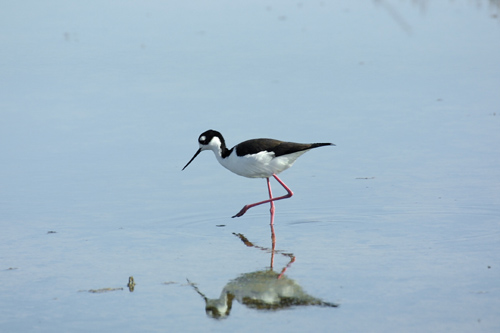 |
| This was not our best day with the D30/Canon 100~400mm IS Zoom Lens combination so far. At shoreline we have usually very high contrast and also sky reflections in the water (blue cast). This is a tough test for any digital camera. While the above photo has some acceptable burned out highlights the next photo has too much of it. |
|
D30 photo |
| The above photo was even captured in "linear" mode to keep as much highlight as possible. In addition many of the photos were over exposed too (we used the "Evaluative" setting). At this moment I cannot be sure whether the ISO 400, lack of knowledge about the camera and/or lens was the main reason or not. Here is the D1 shot of the same scene (with the VR lens) which had not been even optimized for the highlights. Also the D1 had to fight with the high contrast but most of the time I handle it by -1/3 exposure compensation which on the other side gets a very compressed curve but saves the highlights. |
| Comment: This was not only the case for a singular photo. It was the tendency across many photos. |
| The bad thing about missing highlights are that they are gone for ever and you can only fake them by cloning or burning. I won't have the D30 long enough to check for a cure (probably also exposure -1/2) in these situations. On the other side I am not that surprised as I had seen many D30 sample photos on the net which had blown highlights but they were shot in JPG and not in RAW where you can have more control over the whole process. |
|
Nikon D1 photo |
| San Jose Zoo (11/19/2000) |
| Inspired by Michael Reichmann we tried to get some final photos using the D30 with the Canon 100~400mm IS Zoom Lens at ISO 400 setting at the zoo. The San Jose Zoo is very small but still a pleasure for many children. |
|
Meerkat |
| Again we had some trouble with the light (the animals were either in the shade or the light was contrast). Of course also our D1 photos suffered from the symptoms. But in most cases an exposure compensation by -1/3 help with the D1 while even some photos with the D30 and -1/2 exposure compensation had nasty blown out highlights. Probably a more selective spot metering might help with the D30. The noise for the D30 at ISO 400 was better than with the D1. Especially in dark or underexposed areas the D1 shows a lot of noise (Bibble's filter cleans it a bit up at the expense of some lower sharpness). Even if there is noise with the D30 it more looks like film grain and is less of a problem. |
|
Vietnamese Pot-Bellied Pig |
| Today we ensured that the minimum aperture of the 100~400mm IS Zoom was never below f/8.0 and all photos came out very sharp. |
| Conclusion |
| The D30 is a wonderful camera and you get an excellent digital SLR for the money. |
|
What we liked
|
|
What we we would like to be improved
|
| Have also a look at other reviews of the D30 as any single opinion is biased by the style of the reviewer. |
| For Comments post in our News Group |